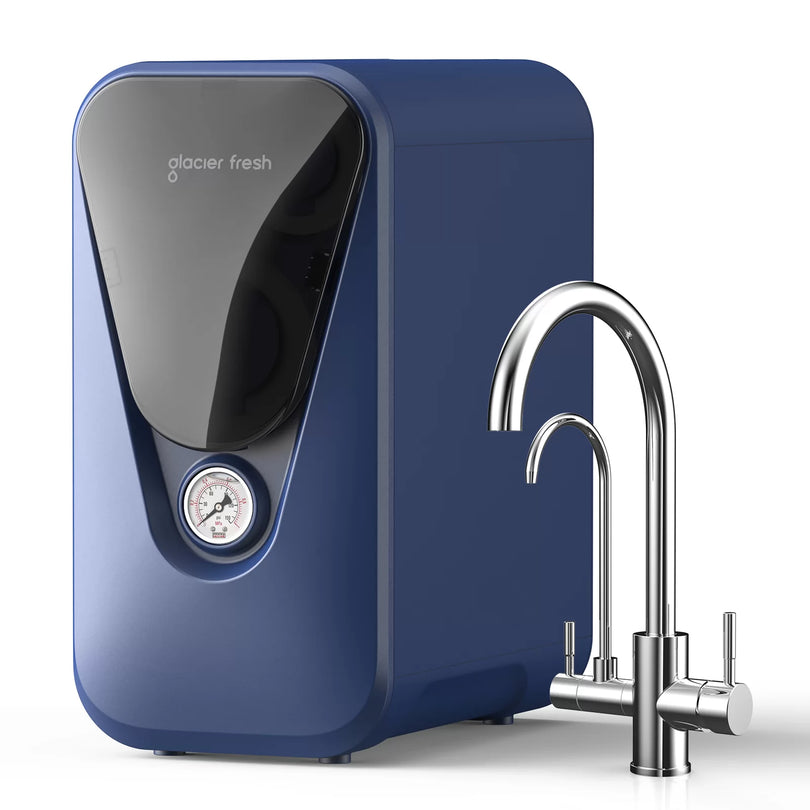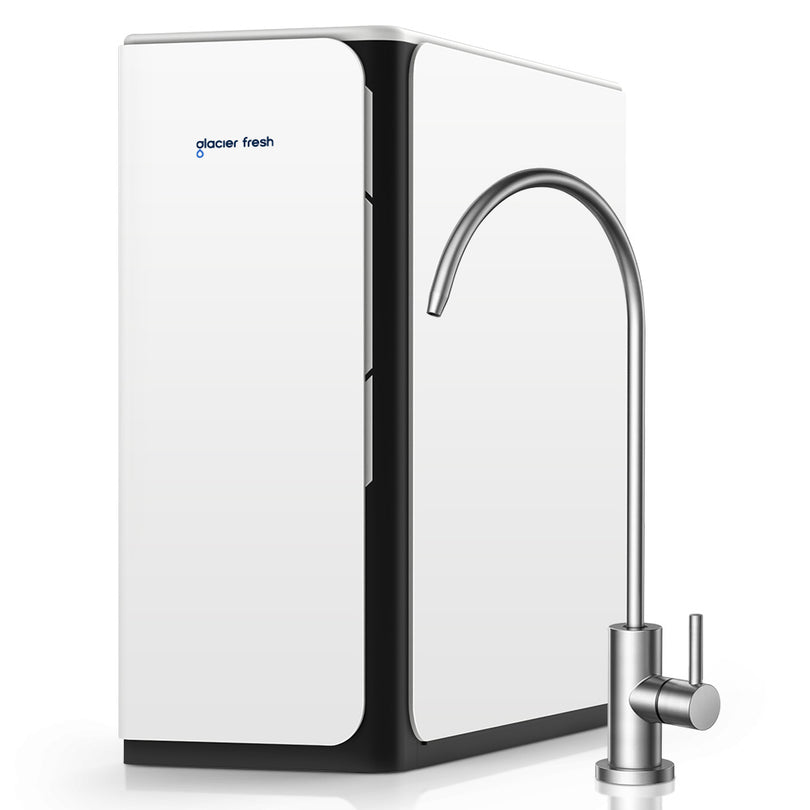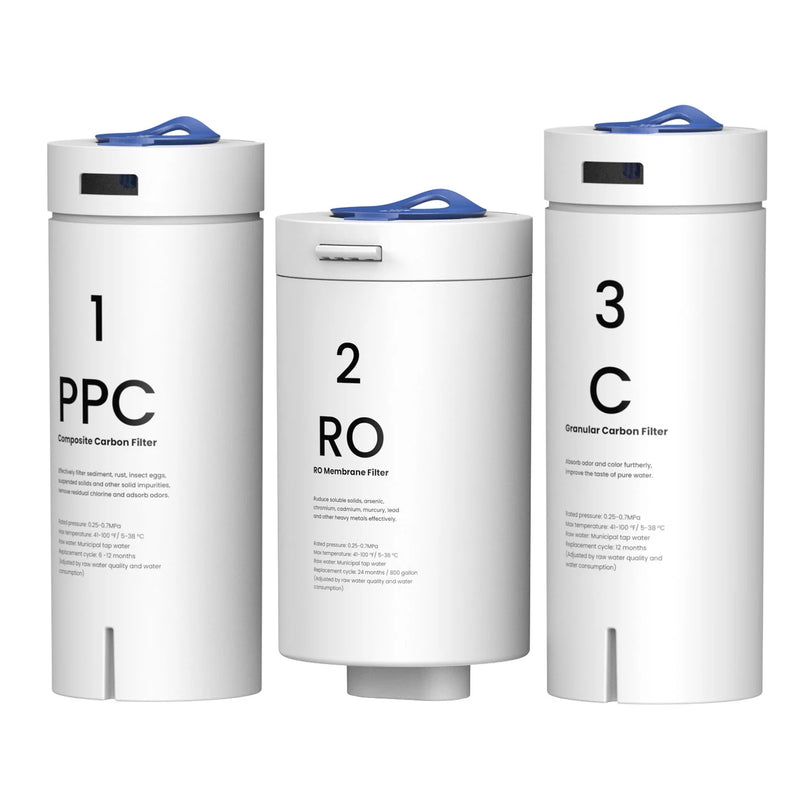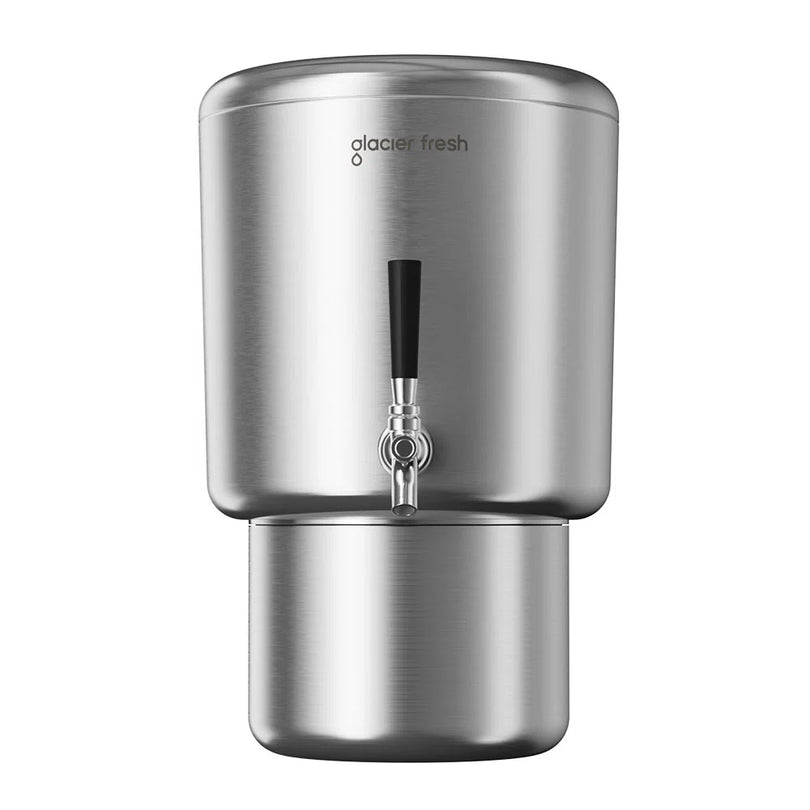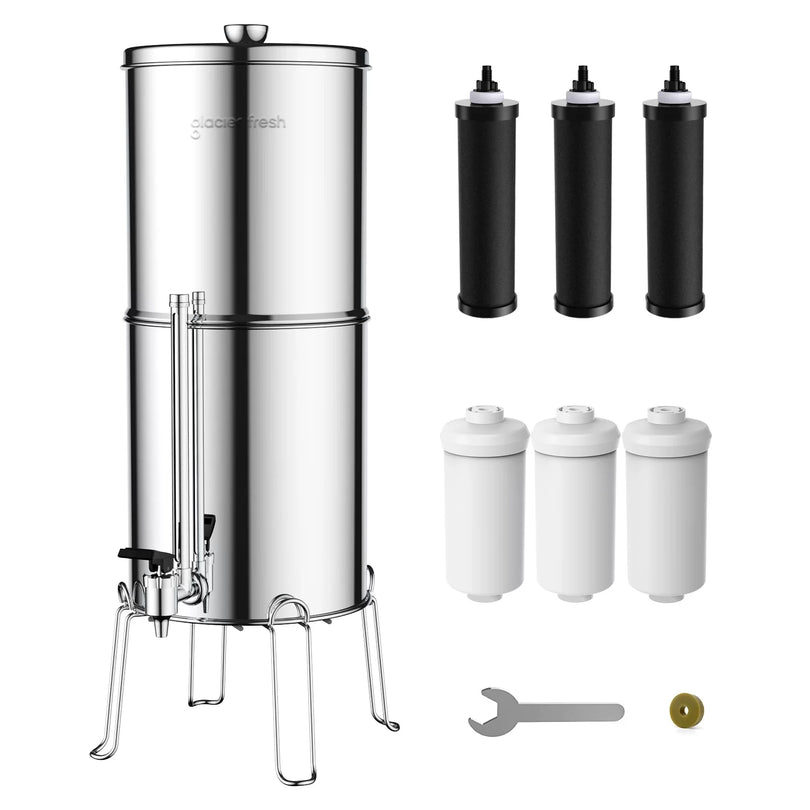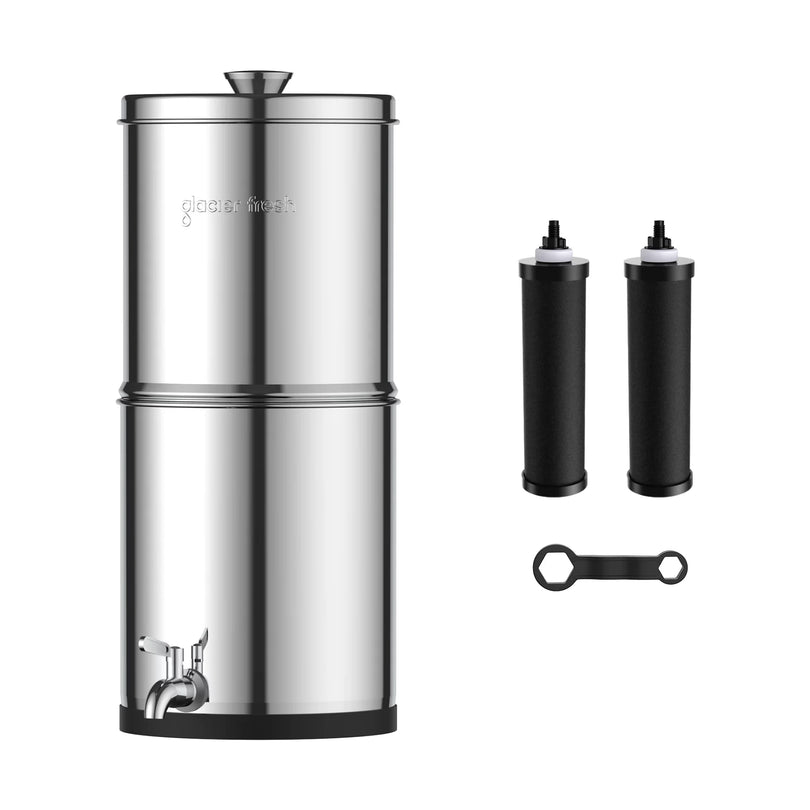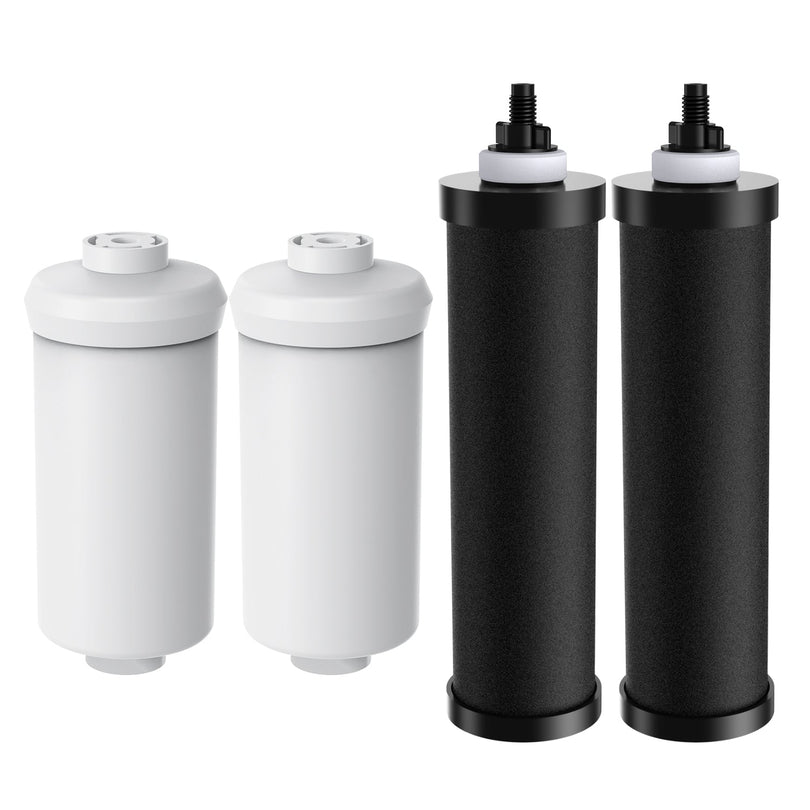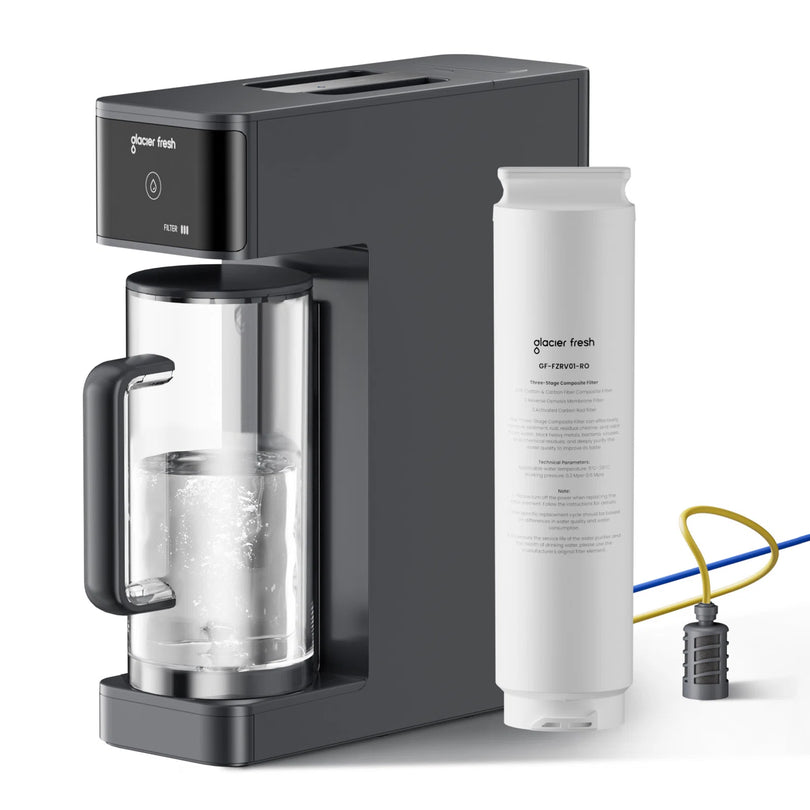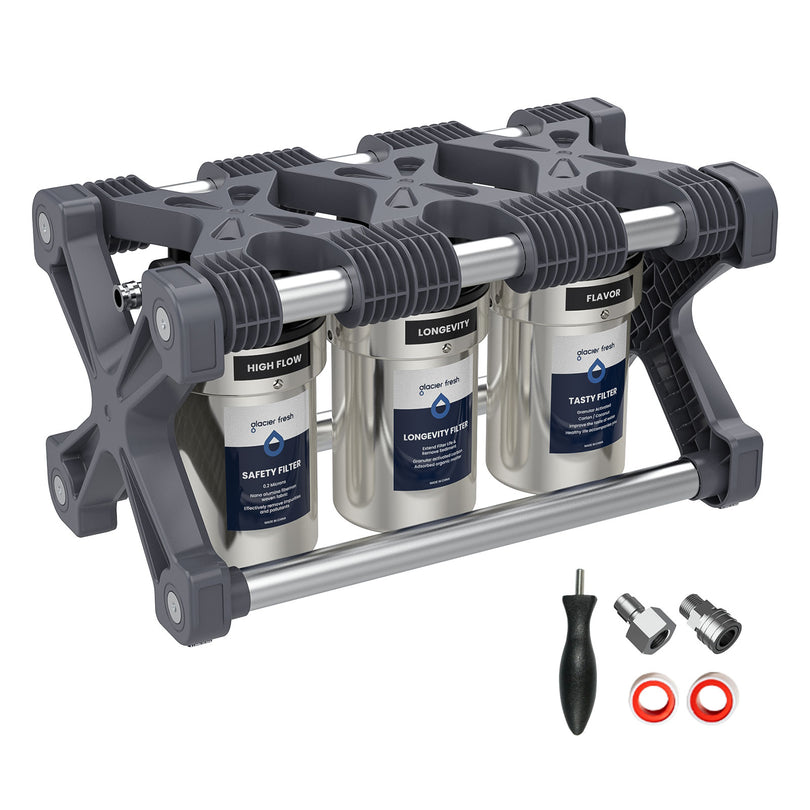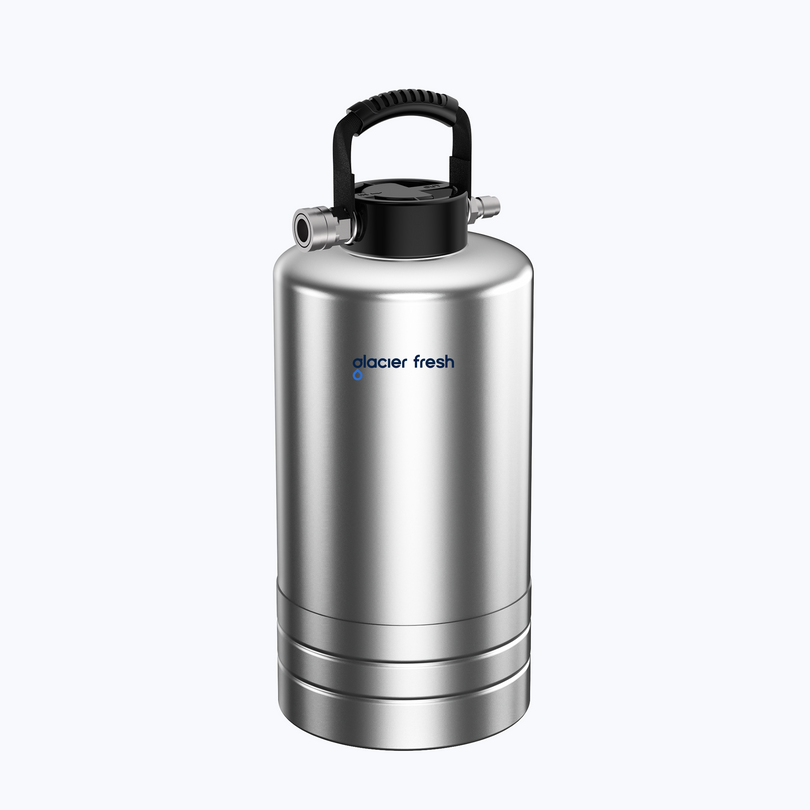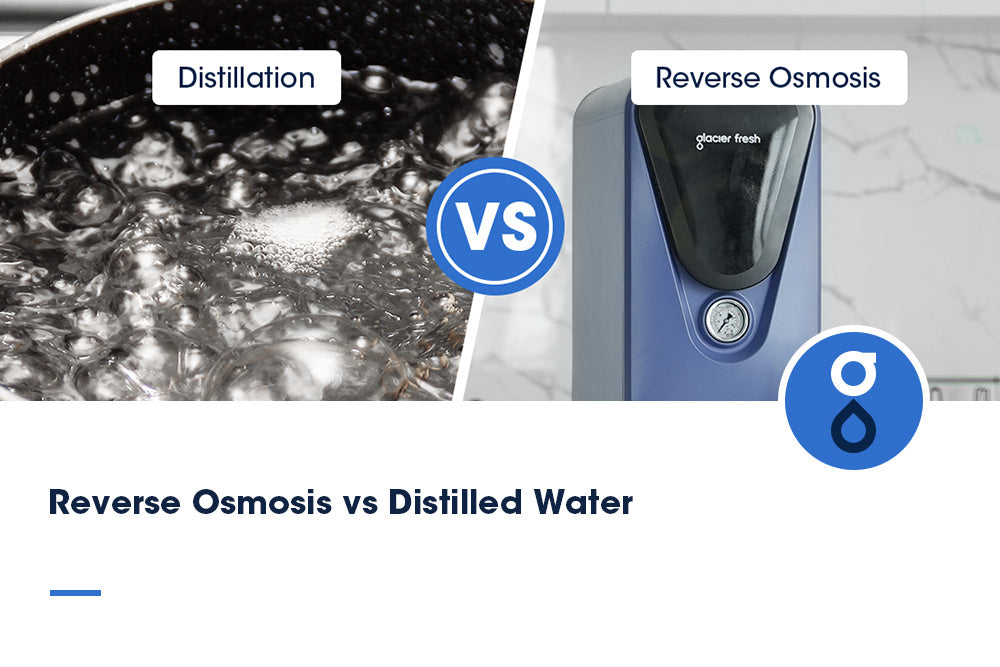Table of Contents:
Test your tap water regularly: knowledge is your first filter
Install a certified water filtration system: targeted protection
Replace water filters on schedule: don`t neglect maintenance
Use BPA-free, clean water bottles and containers: safe storage matters
Store emergency water safely: be prepared for the unexpected
Be mindful of outdoor water sources: wells, hoses, and floods
Educate children about water safety: building lifelong habits
Monitor boil water advisories: heed official warnings
Avoid cross-contamination in the kitchen: clean hands, clean surface
Conclusion
Water is the essence of life, flowing effortlessly from our taps, filling our glasses, and nourishing our families. Yet, beneath this apparent convenience lies a complex reality. Water safety isn't just about avoiding drowning; it's fundamentally about ensuring every drop consumed in our homes is clean, pure, and free from hidden threats.
While North America generally boasts high-quality municipal water, aging infrastructure, localized contamination events, household plumbing issues, and emerging contaminants mean vigilance is non-negotiable. Protecting your family's health starts right at the tap. Here are the 10 essential water safety practices every household should adopt:
Test your tap water regularly: knowledge is your first filter

Municipal water suppliers must provide annual Consumer Confidence Reports (CCRs), detailing source water, detected contaminants, and compliance with EPA standards. Find yours (search online for "[Your City] CCR").
However, CCRs reflect water leaving the treatment plant, not what arrives at your faucet. Contamination can occur en route through aging lead service lines (still present in millions of homes) or your plumbing.
What to test for: At a minimum, test annually for:
-
- Lead: Especially critical in homes built before 1986. It causes severe developmental and neurological damage, particularly in children. Testing is inexpensive and crucial.
- Nitrates: Primarily from agricultural runoff or septic systems. Dangerous for infants, causing "blue baby syndrome."
- Bacteria (total coliform & E. coli): Indicates potential fecal contamination.
- Other local concerns: Arsenic (common in well water in certain regions), PFAS ("forever chemicals" from industrial sources), radon, or volatile organic compounds (VOCs) if you live near industrial sites or use well water.
How to test: Use certified labs. Find one via your state health department or the EPA website. Home test kits can be screening tools but lack the accuracy of accredited labs. Collect samples first thing in the morning ("first draw") for lead testing to capture water sitting in pipes overnight.
Install a certified water filtration system: targeted protection
Filtration isn't one-size-fits-all. Identify your specific contaminants (via testing) before choosing a system. Look for filters certified by independent organizations like NSF International or the Water Quality Association(WQA) against specific standards (e.g., NSF/ANSI 53 for health contaminants like lead, cysts, and VOCs; NSF/ANSI 42 for aesthetic issues like chlorine taste/odor).
Common types:
-
- Activated carbon filters (pitcher, faucet mount, under-sink): Effective for chlorine, taste, odor, some VOCs, and pesticides. Varying effectiveness against lead, PFAS, nitrates, and microbes.
- Reverse osmosis systems: Highly effective, removing a broad spectrum including dissolved solids, lead, arsenic, nitrates, fluoride, PFAS, and microbes. Requires installation and produces wastewater.
- Ion exchange (water softeners): This is primarily used for hardness (calcium/magnesium), but it can also remove some heavy metals and radium.
- Ultraviolet (UV) disinfection: Excellent for killing bacteria, viruses, and cysts. Does not remove chemical contaminants. Often used with other filters.
Choose wisely: Match the filter to your verified needs and budget. Point-of-use (POU) filters (faucet, pitcher, under-sink) treat water where you drink/cook. Point-of-entry (POE) systems treat all water entering the home.
Replace water filters on schedule: don`t neglect maintenance

An expired filter isn't just ineffective; it can become a breeding ground for bacteria and even release trapped contaminants into your water ("dumping"). Adhere strictly to the manufacturer's replacement schedule based on filtered gallons or time elapsed (whichever comes first).
- Set reminders: Use phone or calendar notifications, or write the replacement date directly on the filter housing.
- Monitor performance: Notice changes in taste, odor, flow rate, or water clarity? It might signal a filter needing early replacement.
- Keep spares: Having a replacement filter on hand prevents lapses in protection.
Keep plumbing systems well maintained: the hidden network
Your pipes are the silent conduits. Neglect can lead to contamination and costly damage.
- Know your pipes: Identify pipe materials (especially for lead service lines or lead solder in copper pipes pre-1986). Consult a licensed plumber for assessment.
- Flush stagnant water: If water has sat in pipes for several hours (overnight, after vacation), flush cold taps for 1-2 minutes before drinking or cooking to clear out potential lead or metal buildup. Use this flushed water for cleaning plants.
- Prevent leaks & corrosion: Fix dripping faucets promptly. Consider whole-home water softeners to reduce pipe corrosion if you have very hard water. Insulate pipes to prevent freezing and bursting in winter.
- Professional inspection: Schedule periodic checks, especially for older homes, to identify potential issues like corrosion, leaks, or cross-connections.
Use BPA-free, clean water bottles and containers: safe storage matters
What you store your water in is as important as the water itself.
- BPA-free is essential: Avoid plastics with Bisphenol-A (BPA), an endocrine disruptor linked to health problems. Look for "BPA-Free" labels. Be mindful of replacements like BPS; glass and stainless steel are often safer long-term bets.
- Material matters: Opt for food-grade stainless steel, glass, or plastics clearly labeled for food/water storage like Purela glass water filter pitcher (look for recycling codes 2-HDPE, 4-LDPE, 5-PP – generally safer, but still avoid heat and dishwasher if possible).
- Hygiene is key: Wash reusable bottles daily with hot, soapy water. Use a bottle brush to clean narrow necks. Allow to air dry completely to prevent bacterial/mold growth. Don't share bottles.
Store emergency water safely: be prepared for the unexpected
Natural disasters, infrastructure failures, or boil advisories can disrupt supply. Have a plan.
- How much: Store at least one gallon of water per person daily for at least three days (two weeks is ideal). Factor in pets.
- Containers: Use food-grade water storage containers (available at camping/emergency supply stores) or thoroughly cleaned, sanitized 2-liter plastic soda bottles (avoid milk/juice jugs). Never use containers that hold toxic substances.
- Treatment: If storing tap water, replace it every 6 months. If using commercially bottled water, check expiration dates. Learn purification methods for long-term storage or uncertain sources: boiling (1-minute rolling boil), unscented household bleach (1/8 tsp per gallon, mix, wait 30 min), or certified water purification tablets/filters.
- Storage: Keep containers in a cool, dark place away from chemicals, gasoline, or pesticides. Avoid direct sunlight or heat sources.
Be mindful of outdoor water sources: wells, hoses, and floods
The water outside isn't automatically safe.
- Private wells: Rigorous testing is critical if you rely on a well. Test annually for bacteria, nitrates, and contaminants common in your area (like arsenic, radon, and VOCs). Test frequently after flooding, nearby construction, or if taste/odor changes. Ensure the well cap is secure and above ground level.
- Garden hoses: Never drink from a standard garden hose! They are not made with drinking-safe materials and can leach lead, phthalates, and BPA, especially when water sits in them and heats up. Use hoses labeled "Drinking Water Safe" or "Potable Water" if needed for filling pools or connecting to RVs, and still flush them first. Never connect them directly to an appliance like a refrigerator ice maker.
- Flood water: Assume all flood water is contaminated with sewage, chemicals, and debris. Please do not use it for any purpose without thorough purification. Be aware that floodwater can contaminate wells; get them professionally tested and disinfected before use after a flood event.
Educate children about water safety: building lifelong habits

Safety starts young.
- Drinking safety: Teach kids to only drink from known safe sources (their water bottle, home tap with parent permission, designated safe fountains). Explain why, without checking, they shouldn't drink from hoses, puddles, lakes, streams, or unfiltered taps elsewhere.
- Drowning prevention: While focused on consumption, water safety education must include drowning prevention: constant supervision near water (baths, pools, lakes), learning to swim, wearing life jackets, knowing pool rules, and avoiding drains. Teach them never to run near pools.
- Hygiene: Instill habits like washing hands before handling food or using the bathroom to prevent waterborne illness from spreading.
Monitor boil water advisories: heed official warnings
These are issued by local health authorities or water utilities when contamination is confirmed or suspected. Take them seriously.
- Sources: Sign up for local emergency alerts via text/email. Follow your water utility and local health department on social media. Listen to local news.
- What to do: Boil all water used for drinking, cooking, making ice, brushing teeth, washing dishes, and preparing baby formula for at least one minute (or 3 minutes above 6,500 ft elevation). Let it cool before use. Use bottled water if boiling isn't practical.
- After the advisory: Follow the lifting notice. It will often instruct you to flush your home's plumbing by running all cold taps for several minutes. Clean faucet aerators. If you have a filter, replace the cartridge after the advisory ends.
Avoid cross-contamination in the kitchen: clean hands, clean surface

Safe water can become unsafe through poor handling.
- Hand hygiene: Wash hands thoroughly with soap and safe water before handling food or drink, after using the bathroom, and after handling raw meat/poultry/seafood.
- Surface sanitation: Regularly clean and sanitize countertops, cutting boards, sinks, faucet handles, and refrigerator water/ice dispensers. Use a dilute bleach solution (follow CDC guidelines) or commercial sanitizers.
- Food prep: Don't rinse raw meat/poultry (spreads bacteria). Wash fruits/vegetables under cold, safe running water. Use separate cutting boards for raw meats and produce. Ensure dishes and utensils are washed in hot, soapy (or sanitized) water and air-dried.
- Sponges/dishcloths: These are bacteria havens. Replace sponges frequently and wash dishcloths in hot water daily. Microwave damp sponges for 1-2 minutes to disinfect.
Conclusion
Access to clean, safe water is a cornerstone of health, yet it's not a guarantee we can take for granted. The journey from the reservoir or aquifer to your glass involves countless steps where contamination can occur. By proactively implementing these ten essential strategies – from regular testing and proper filtration to vigilant maintenance, safe storage, and mindful habits – you transform your home into a fortress of water security.
Make water safety a non-negotiable priority in your North American home—your family’s health depends on it. Start testing, start filtering, start planning, and drink confidently. Follow Glacier Fresh to find more water fiiltration solutions.

